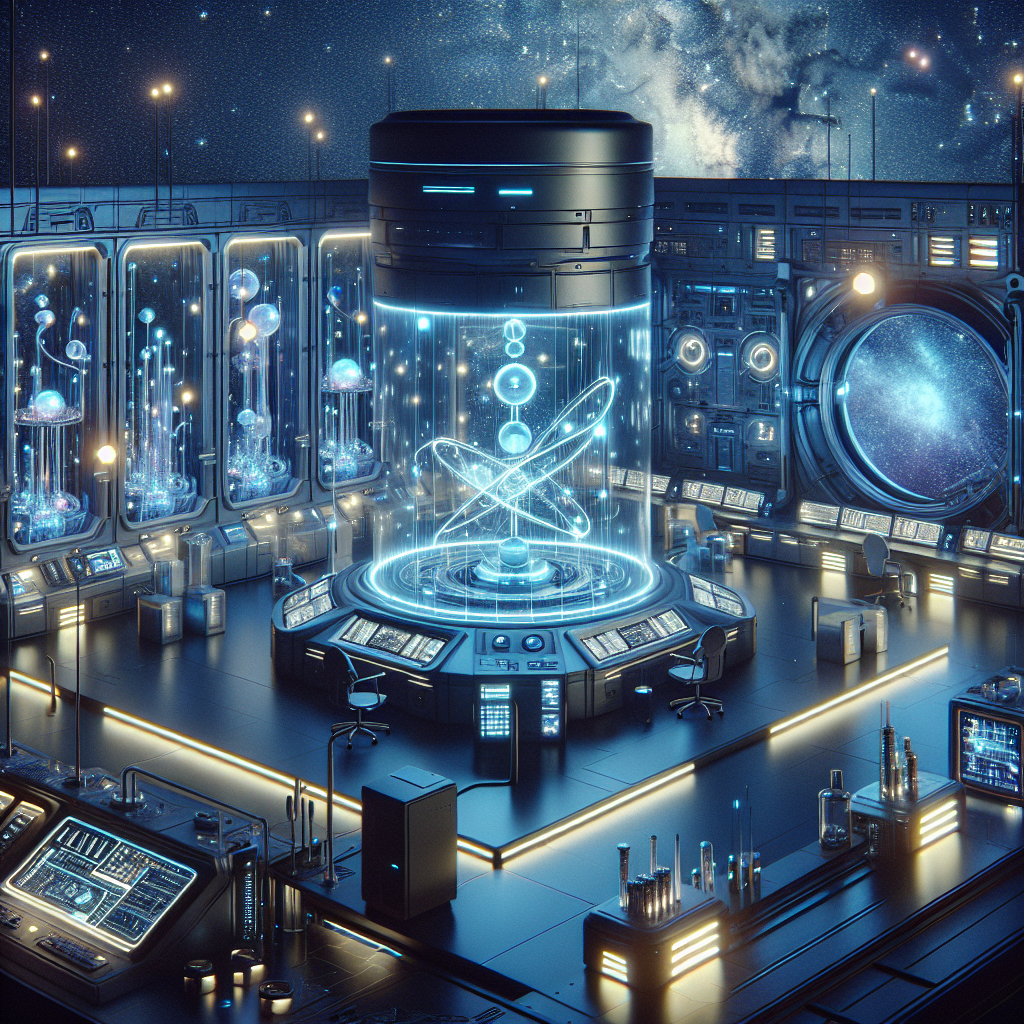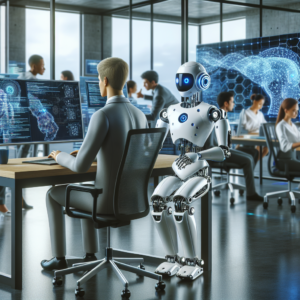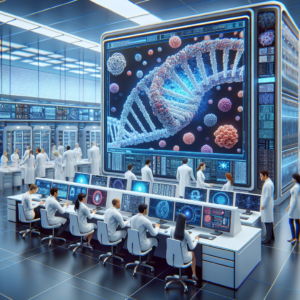When Machines Dream: AI Designs Strange New Tools to Listen to the Cosmos
In a remarkable intersection of technology and astrophysics, artificial intelligence (AI) has evolved to create innovations that enhance our understanding of the cosmos. The emergence of AI-driven tools represents a new frontier in how we explore and interpret the universe. This article delves into how AI is crafting unique instruments to listen to the cosmos, the implications of these advancements, and what they mean for humanity’s quest to understand the universe.
The Role of AI in Astrophysics
Astrophysics has always relied on complex instruments and methodologies to comprehend celestial phenomena. However, the rapid advancement of AI technology has led to a paradigm shift in this field. Here are some of the key roles AI plays in astrophysics:
- Data Analysis: AI algorithms can process vast amounts of data from telescopes and space missions at unprecedented speeds, enabling scientists to detect patterns and anomalies that might otherwise go unnoticed.
- Signal Processing: AI’s capacity to filter noise from genuine signals allows researchers to hone in on important cosmic events, such as gravitational waves or exoplanet transits.
- Predictive Modeling: Machine learning models can simulate cosmic events, helping scientists predict occurrences like supernovae or gamma-ray bursts, thus expanding our knowledge of the universe.
Listening to the Universe
Traditionally, instruments used in astrophysics have focused on visual or electromagnetic signals. However, AI is enabling the development of tools that can “listen” to the cosmos in new ways. These innovations are designed to capture and interpret various types of signals, including:
- Gravitational Waves: AI-driven detectors can identify the faint ripples in spacetime caused by massive cosmic events, such as black hole mergers.
- Radio Signals: New algorithms are being developed to analyze radio frequencies from distant galaxies, searching for potential signs of extraterrestrial life.
- Neutrino Detection: AI is being used to improve the detection of neutrinos, elusive particles that can provide insights into cosmic events like supernova explosions.
Innovative AI Tools Revolutionizing Astrophysics
Several groundbreaking AI tools have emerged, revolutionizing how astrophysicists detect and analyze cosmic signals. Here are a few noteworthy examples:
1. Machine Learning Algorithms
Machine learning algorithms are playing a pivotal role in processing and interpreting data collected from various cosmic phenomena. These algorithms can learn from previous data sets, improving their accuracy over time. For instance, trained neural networks can identify and classify celestial objects based on their light curves, allowing for a more detailed understanding of their properties.
2. Autonomous Telescopes
AI has led to the development of autonomous telescopes capable of making real-time decisions regarding data collection. These telescopes can analyze incoming data and adjust their observations accordingly, ensuring that they capture the most significant cosmic events without human intervention.
3. Deep Learning for Signal Detection
Deep learning techniques are being employed to enhance signal detection capabilities. By training models on existing data, scientists can equip them to recognize subtle patterns that may indicate the presence of cosmic events. This ability significantly increases the chances of discovering new phenomena, such as fast radio bursts or gravitational wave events.
Implications of AI in Astronomy
The use of AI in astronomy is not just a technological advancement; it comes with profound implications for our understanding of the universe. Some of the key implications include:
- Increased Discovery Rate: With AI tools, astronomers can sift through data more efficiently, leading to a higher rate of discoveries. This means that new celestial objects and phenomena can be identified more quickly than ever before.
- Enhanced Collaboration: The integration of AI fosters collaboration between astrophysicists, computer scientists, and engineers, leading to interdisciplinary approaches that can yield richer insights.
- Public Engagement: The excitement surrounding AI-driven discoveries can enhance public interest in astronomy and science as a whole, potentially inspiring the next generation of scientists.
The Future of AI in Cosmic Exploration
As AI technology continues to evolve, its applications in cosmic exploration will become more sophisticated. Future advancements may include:
- Real-Time Analysis: The ability to analyze cosmic data in real-time could lead to immediate discoveries and faster responses to significant events.
- Interplanetary Communications: AI could enhance communication systems for missions beyond Earth, allowing for more effective data transmission from deep-space missions.
- Personalized Astronomy: Future AI systems may allow individuals to engage with astronomy in new, personalized ways, potentially leading to customized learning experiences based on personal interests.
Conclusion
The integration of AI in astrophysics is a groundbreaking development that is transforming how we listen to and understand the cosmos. From advanced data analysis techniques to autonomous telescopes and deep learning algorithms, AI is reshaping the landscape of cosmic exploration. As these technologies continue to advance, we stand on the brink of a new era in astronomy—one where the universe may reveal its secrets to us like never before.
The cosmic frontier is expanding, and AI is leading the charge into this uncharted territory, promising a future filled with discovery, innovation, and a deeper understanding of our place in the universe. With machines dreaming and designing tools to listen to the cosmos, the possibilities are truly limitless.



